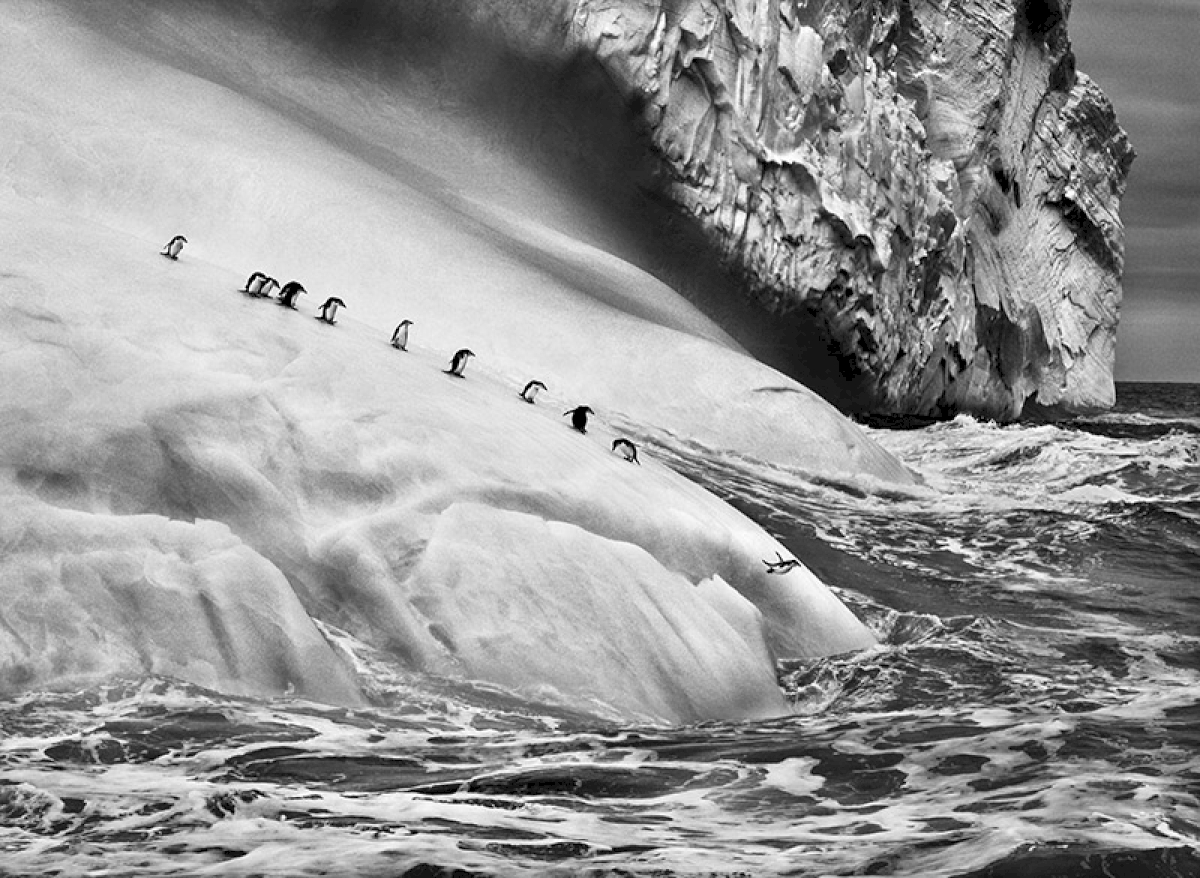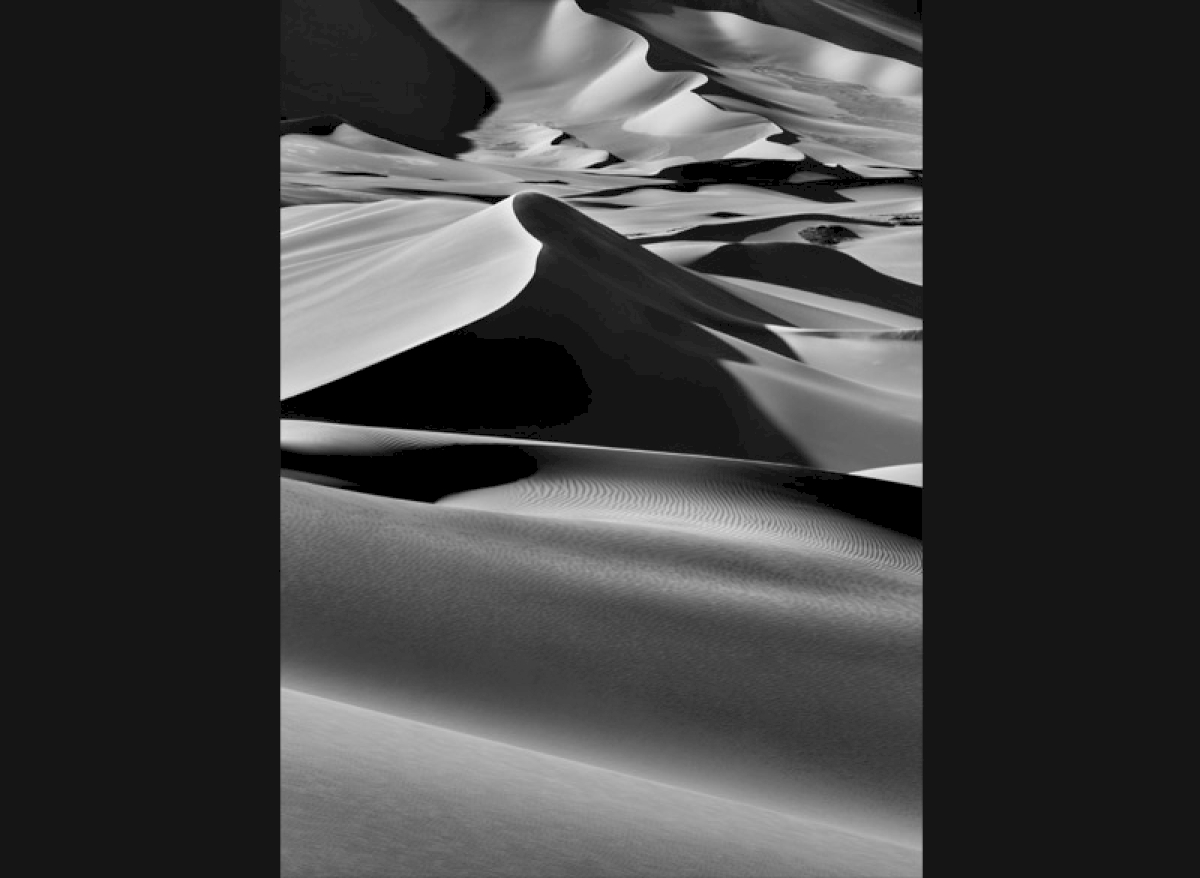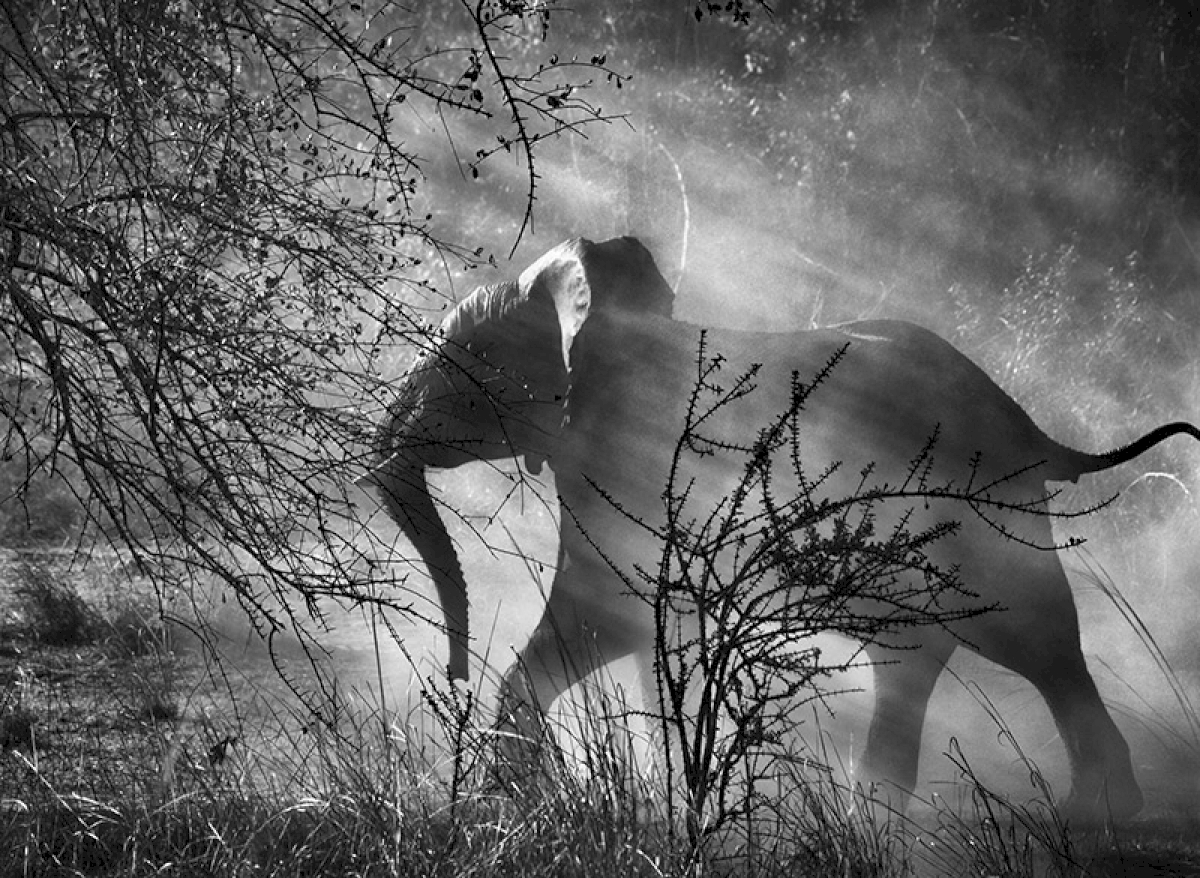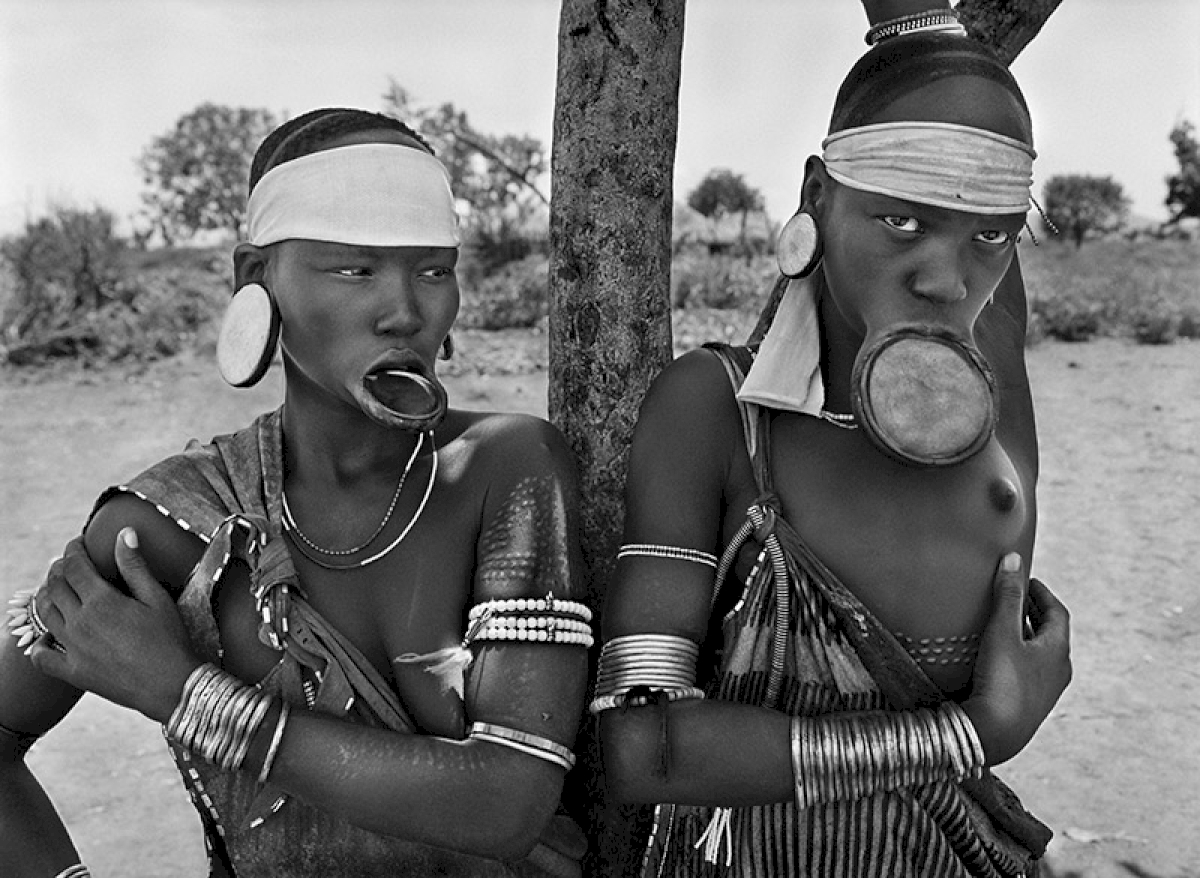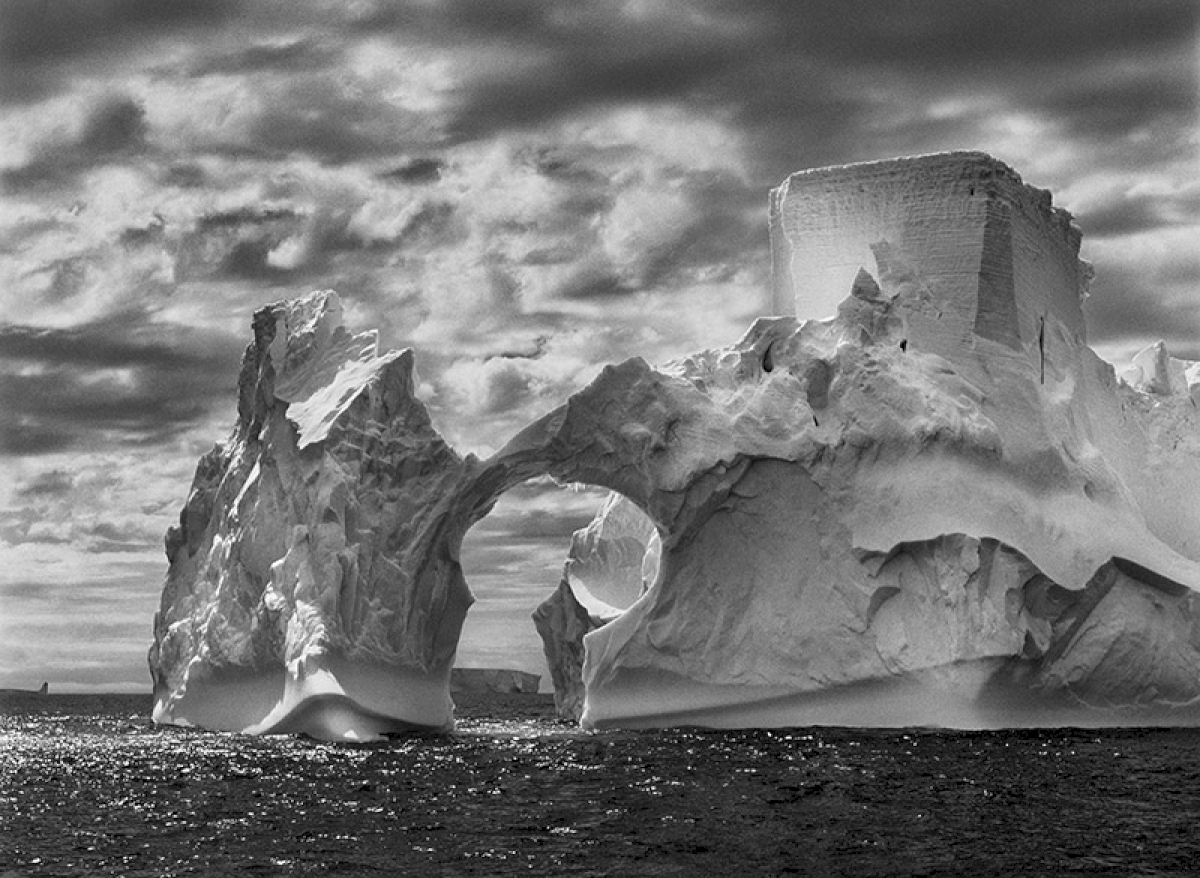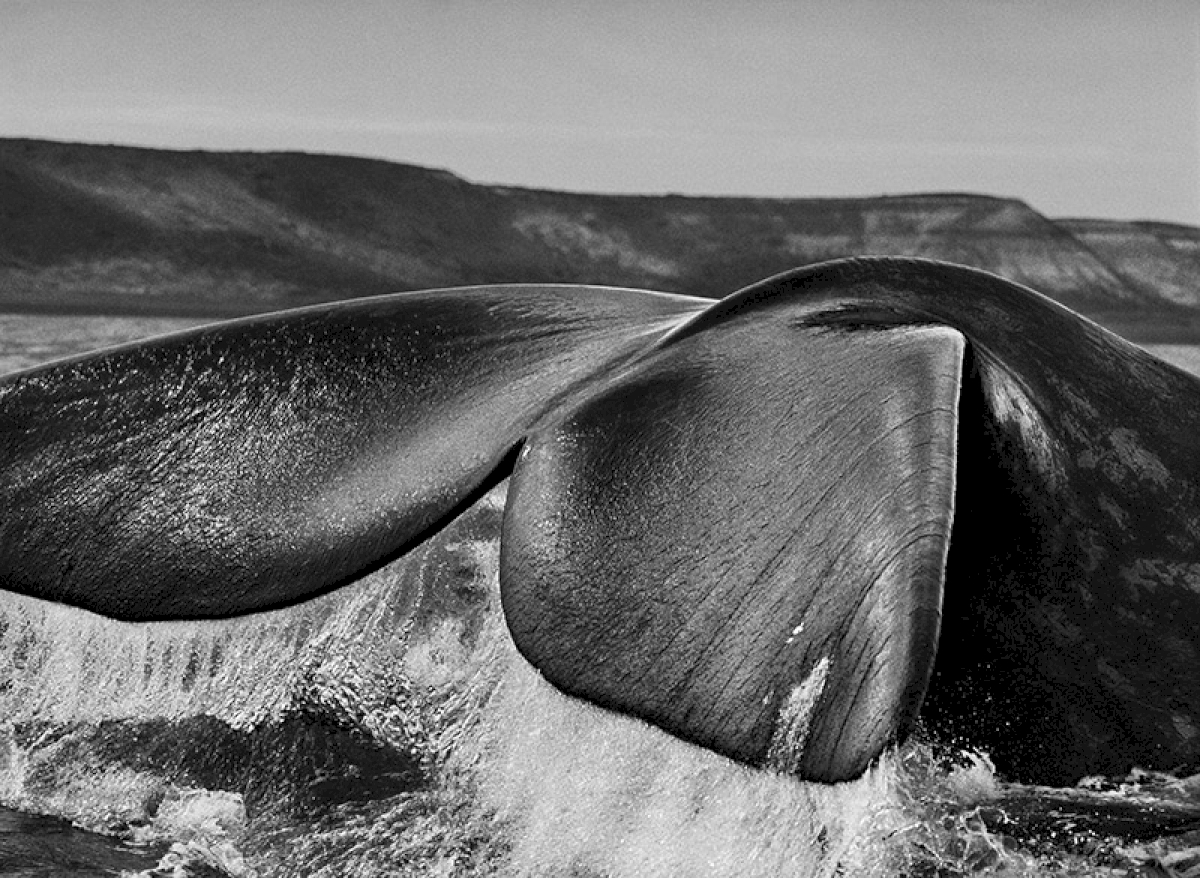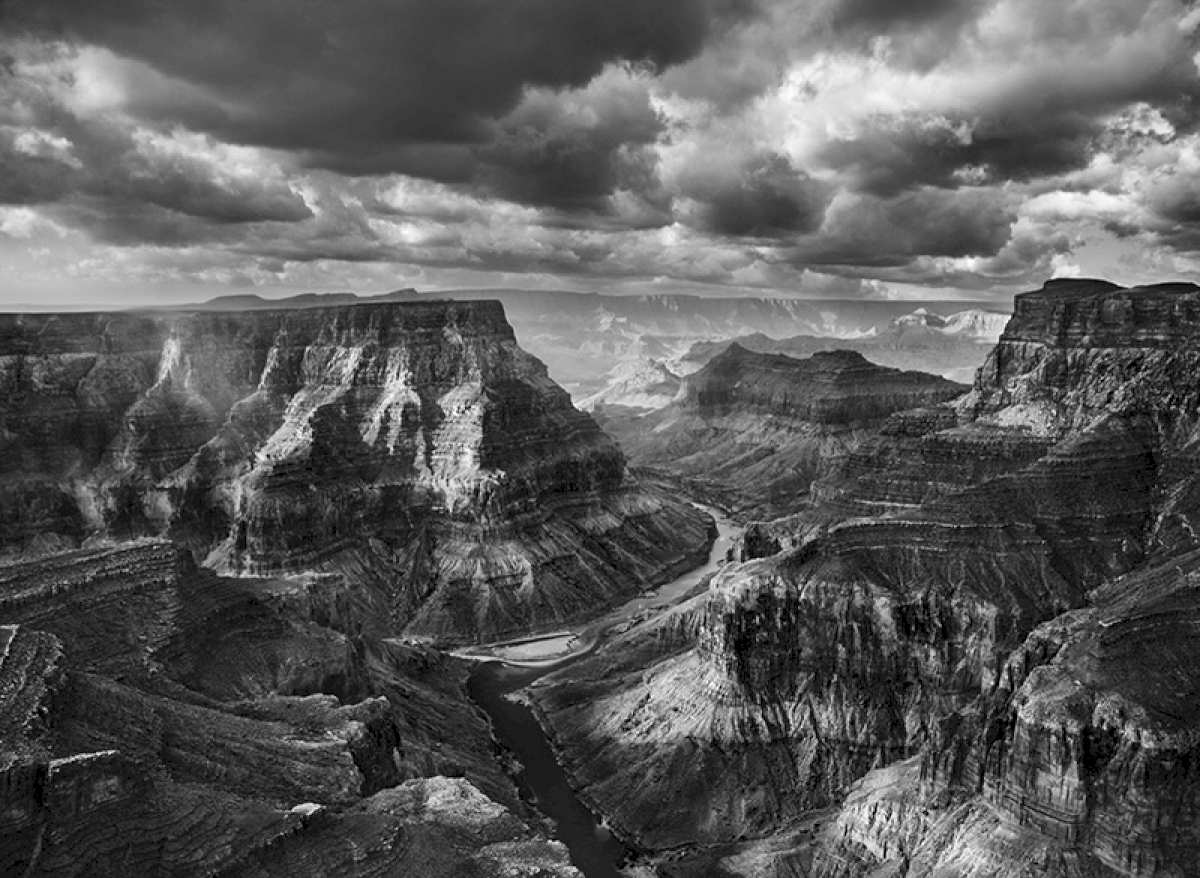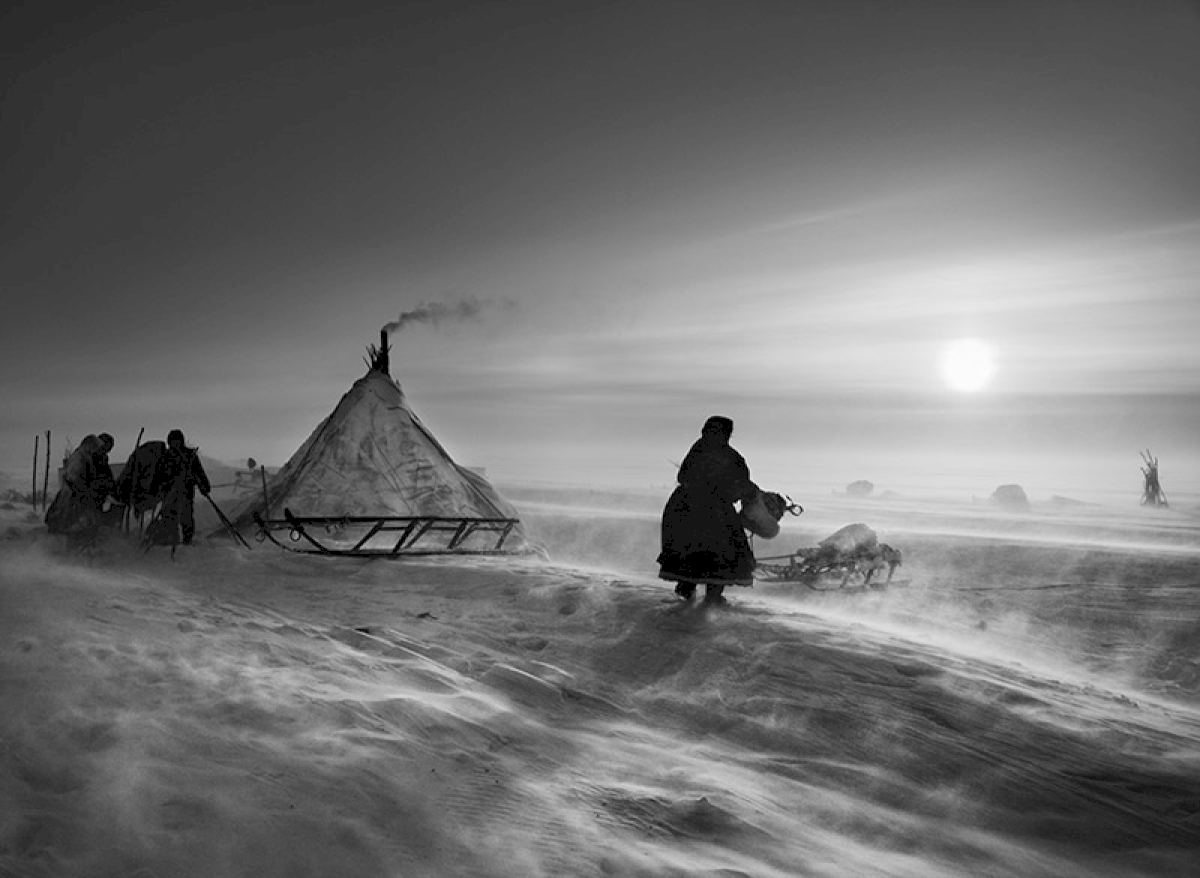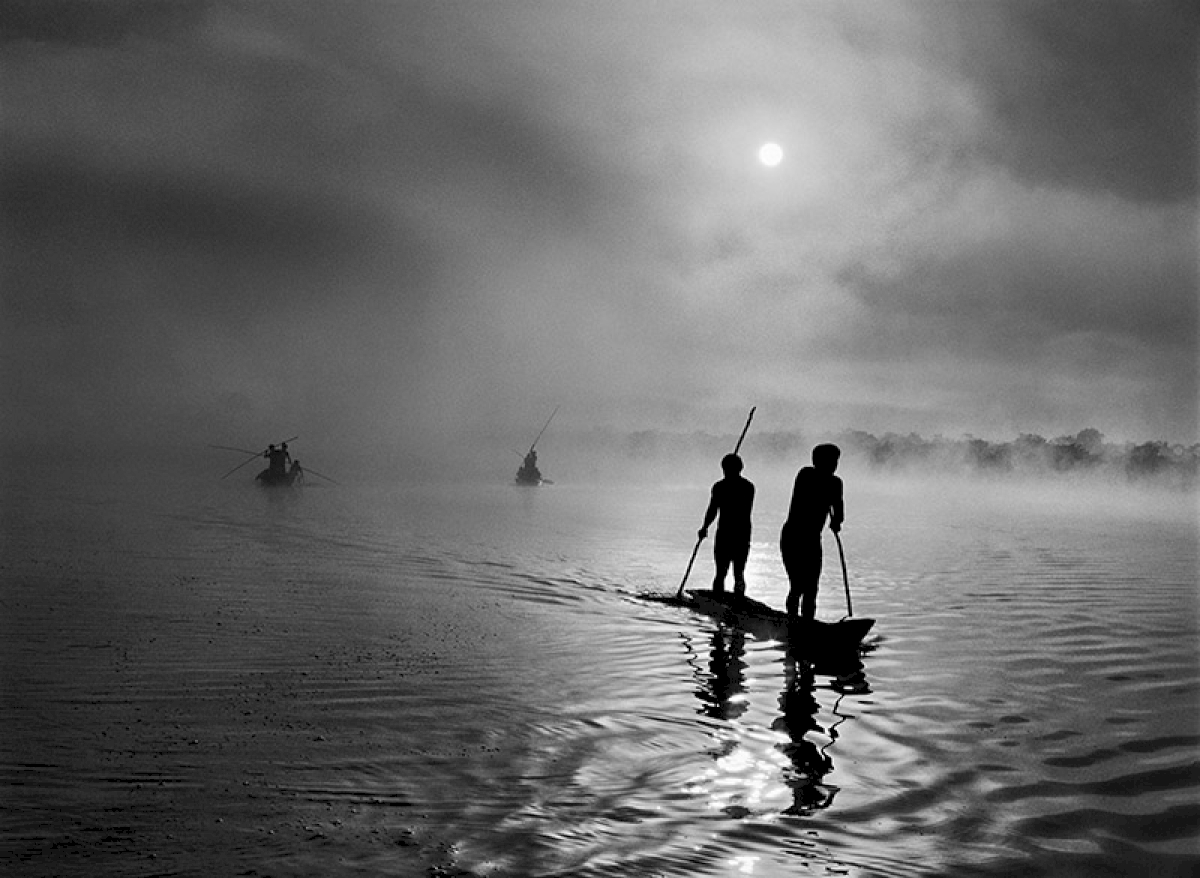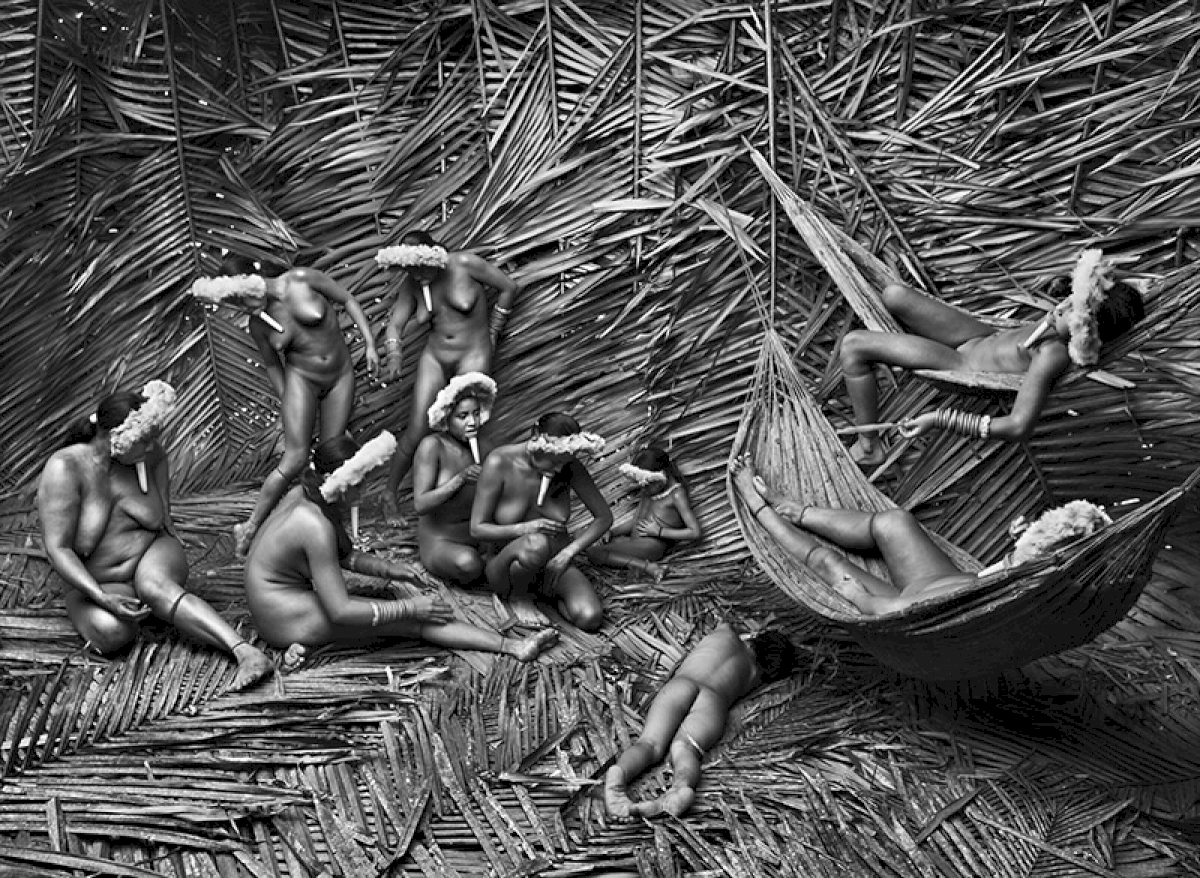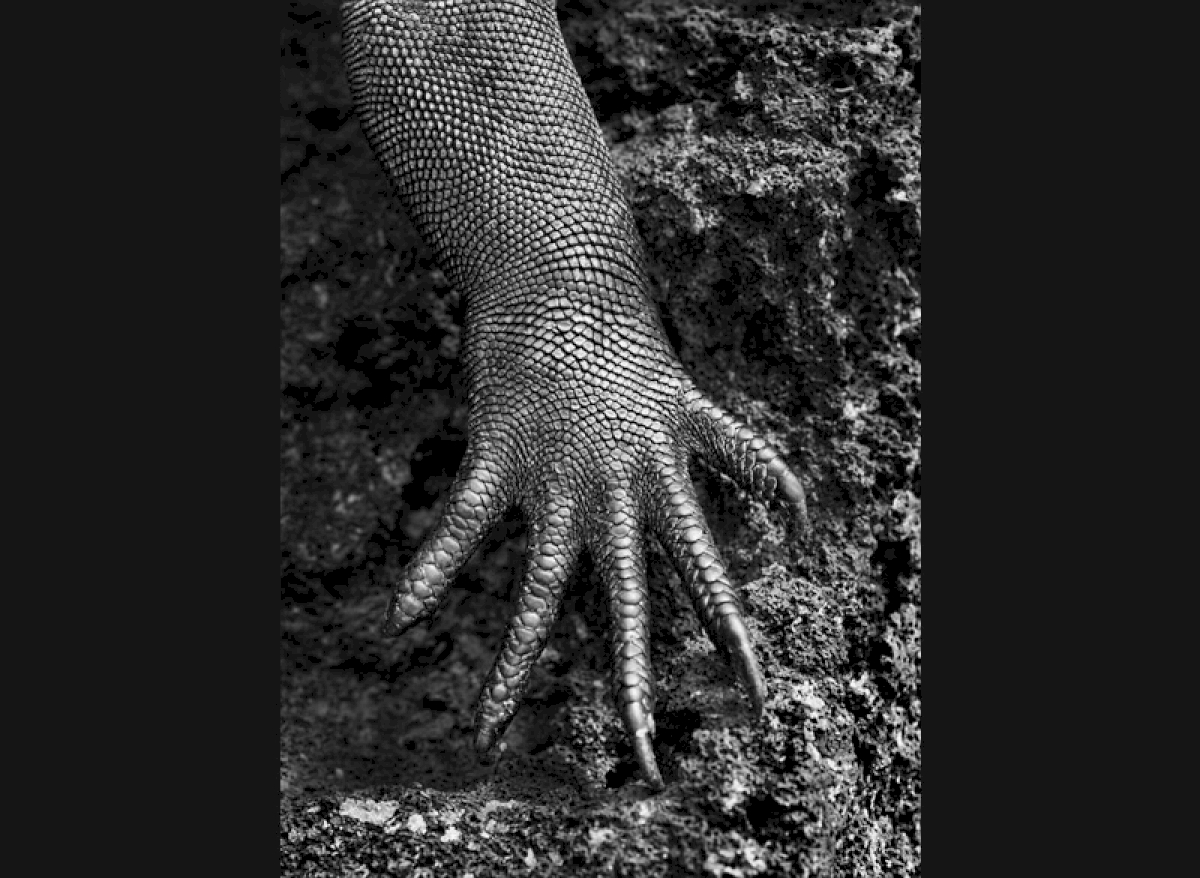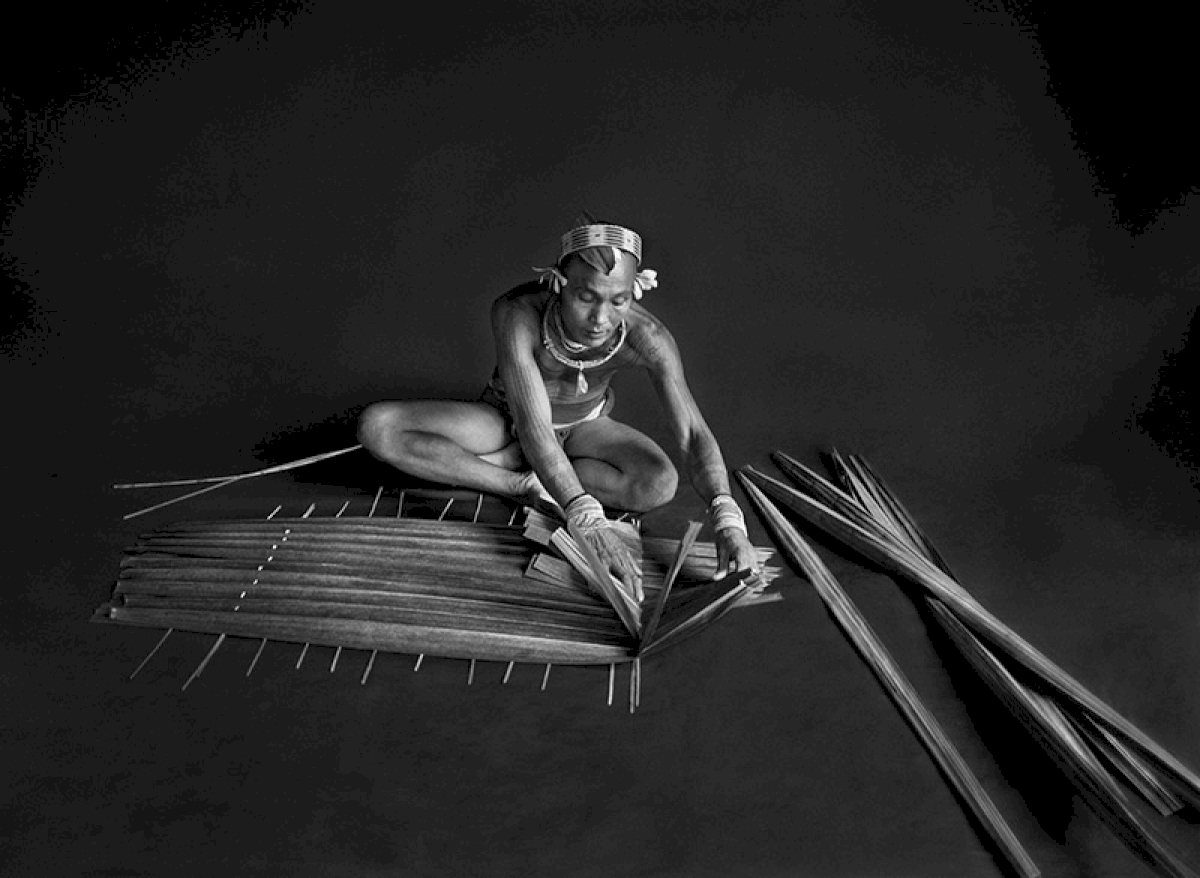Sebastião Salgado. Genesis.
Das Kunstfoyer München präsentiert ab 9. Oktober 2015 als zweiter Ausstellungsort in Deutschland Sebastião Salgados Genesis mit 245 Fotografien. Die Ausstellung wurde von Lélia Wanick Salgado kuratiert.
Archaische Vulkanlandschaften, arktische Eismassen, mäandernde Fluss- Canyons, nebelumhüllte Gebirgsketten, ursprüngliche Regenwälder und endlose Sanddünen – Genesis ist eine visuelle Hommage an den blauen Planeten. Der Fotograf Sebastião Salgado dokumentiert in opulenten Schwarz-Weiß-Fotografien die überwältigende Schönheit und die Artenvielfalt unberührter Flora und Fauna sowie indigener Völker. Sein ästhetisch beeindruckender, großformatiger Bilderzyklus ist das Ergebnis einer langjährigen Expedition mit dem Ziel, über das Medium Fotografie das Bewusstsein für die Kostbarkeit der letzten unberührten Winkel der Erde zu schärfen. Das Genesis-Projekt ist Sebastião Salgados Appell an die Zivilisation, einen Teil des Planeten in seiner Ursprünglichkeit und faszinierenden Diversität zu bewahren.
46 Prozent der Landmasse auf der Erde sind immer noch so unberührt wie am Tag der Schöpfung und haben sich in der Erdgeschichte bisher kaum verändert. Innerhalb von acht Jahren hat Sebastião Salgado 32 Reisen in diese Gebiete unternommen – in kleinen Propellerflugzeugen, zu Fuß, mit dem Schiff, im Faltkanu und im Fesselballon. Er war unterwegs in klimatischen Extremen und unwegsamen Gebieten fernab jeglicher Zivilisation. Genesis ist inhaltlich in fünf Kapitel unterteilt: Planet South zeigt die Galapagosinseln mit Seelöwen, Kormoranen, Pinguinen sowie Wale in der Antarktis und im Südatlantik. In Sanctuaries bereist Sebastião Salgado isolierte und artenreiche Zonen wie Madagaskar, Sumatra und West-Papua und porträtiert die Bewohner der Mentawaiinseln sowie den Stamm der Korowai. In Africa bewegt er sich zwischen Großwild, Dünenwogen, Lava, dem Okavango-Fluss und inmitten des Nomadenvolks der Dinka im Sudan. An den Northern Spaces faszinieren Sebastião Salgado große Rentierherden am Polarkreis, die Kamtschatka-Halbinsel, die zerrissenen Bergmassive Alaskas und die Menschen, vom Eis überkrustet samt ihrer Schlitten, Hunde und Zelte. Amazônia präsentiert Alligatoren und Jaguare an den Flussläufen des Amazonas, Negro und Juruá sowie das Volk der Zo’é im Dschungel Brasiliens. Erstmals in seinem Œuvre wendet Sebastião Salgado verstärkt seinen Fokus vom Menschen ab und richtet seinen Blick auf die sogenannte nature morte sowie die Tier- und Pflanzenwelt. Formal bestechen seine Fotografien durch feine Schattierungen und Grauabstufungen sowie scharfe Hell-Dunkel-Kontraste. Gerade aufgrund der bewussten, ruhigen Komposition aus klaren Strukturen, Linien und Formen üben seine Bilder eine starke Anziehungskraft aus.
Sebastião Salgado, geboren 1944 in Brasilien, gehört zu den sozial engagierten Fotografen in der Tradition der sozialdokumentarischen Fotografie. Der promovierte Ökonom arbeitete als Verwaltungsangestellter für die International Coffee Organisation (ICO) in London und kam erst spät als Autodidakt zur Fotografie – seit 1973 ist er als Fotojournalist von Paris aus tätig. Salgado dokumentiert in selbst ausgewählten, weltweiten Langzeitprojekten mittels Schwarz-Weiß-Fotografien das Leben der Menschen am unteren Ende der Gesellschaft. Von 1986 bis 1999 widmete er sich hauptsächlich der Dokumentation des Endes des Industriezeitalters sowie der globalen Migration – nicht nur Flüchtlinge und Vertriebene, sondern auch Zuwanderer in den Megastädten der Dritten Welt. Sebastião Salgado, der zunächst in der renommierten Agentur Magnum Mitglied war, verließ diese und vermarktete seine Fotos durch die Agentur Amazonas Images, die er 1994 zusammen mit seiner Frau Lélia Wanick Salgado gründete. Seit den 1990er Jahren engagieren sie sich zusammen für ein Umweltprojekt (InstitutoTerra), das sich um die Aufforstung an der brasilianischen Atlantikküste sowie die ökologische Ausbildung der Landwirte kümmert. Der Fotograf wurde mit zahlreichen Fotopreisen ausgezeichnet – unter anderem mit dem Eugene Smith-, dem Hasselblad- und dem Oskar Barnack-Preis. Er lebt und arbeitet in Paris.
KOOPERATION:
SONNTAGS-MATINEE im MUSEUM LICHTSPIELE, Lilienstr.2, 81669 München
ab Sonntag, 11. Oktober 2015 bis Sonntag 24. Januar 2016
"Das Salz der Erde". Eine Reise mit Sebastião Salgado. Ein Film von Wim Wenders und Juliano Ribeiro Salgado, 2014 www.museum-lichtspiele.de

